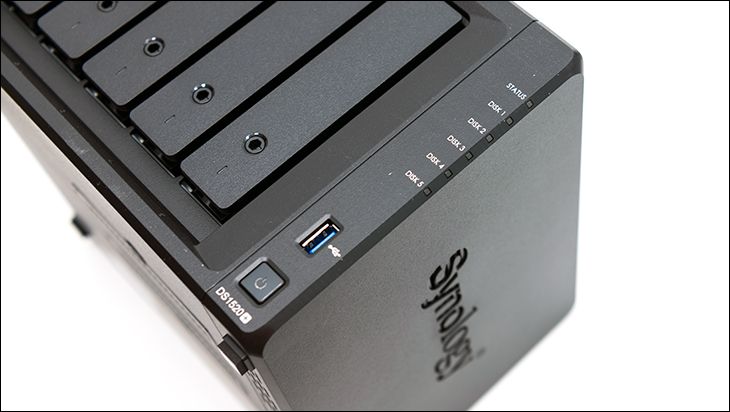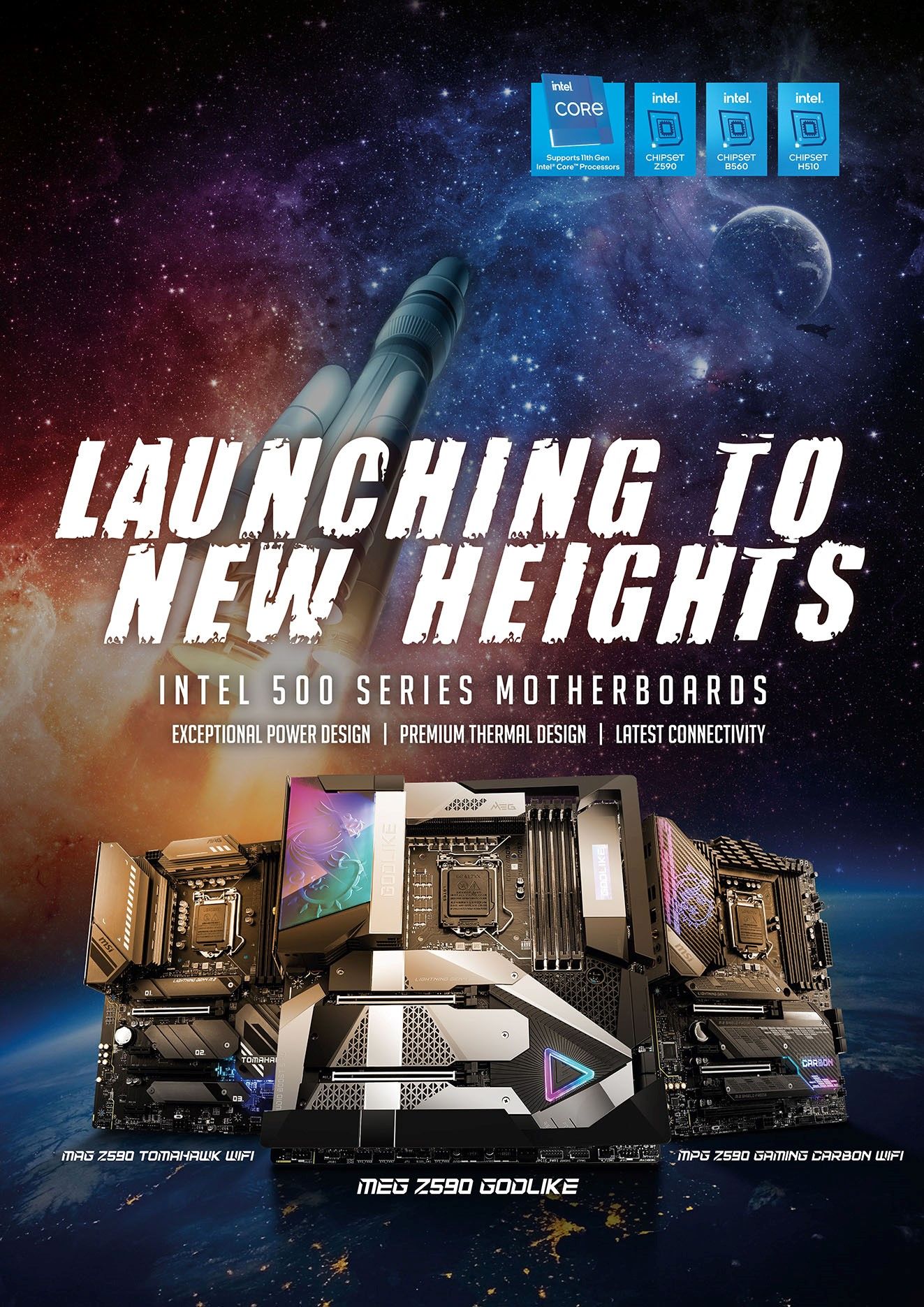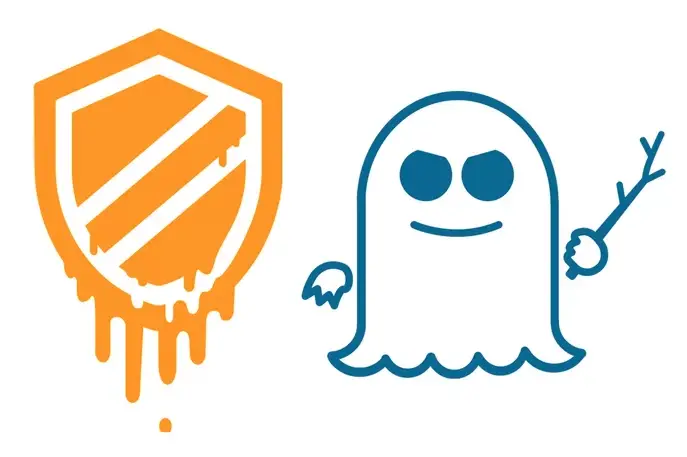
Like all Synology Network Attached Storage devices, the DS1520Plus comes in a moderate sized, Synology branded brown cardboard box. This is to be expected. Synology are almost aggressive in carrying out their conservative, understated aesthetic philosophy. One that has worked for them for many, many years. It is a bit refreshing to be honest, as we do not want, need, or even desire a shipping container that caters to our inner child. More importantly, their “Plus” line of NAS devices are their professional and enthusiast orientated models. Professionals in a work environment would consider an over the top box a major negative… as they have to ‘sell’ it to their bosses. Most NAS enthusiasts are also professionals. Professionals who are purchasing a model for their homes… and the same line of reasoning applies in spades to them. Most importantly, it may lack pictures or a glossy surface, but the box has been liberally covered in information. So, it may be a bit confusing in which box is which but if you take the time to read the label you will be fine.

Internally, the shipping container uses a multi-cardboard, multi-layer configuration. The top third(ish) section houses two smaller cardboard boxes, which in turn contain all the included accessories.

Underneath these smaller ‘sacrifice’ boxes the DS1520Plus sits nestled in form-fitting cardboard sleeves. This combination means that a lot can happen to the box while at the tender mercies of Mr. Murphy and his minions at your local shipping agent’s depot and it still will arrive safe and sound. Be it shipped across town, across country, or across the ocean.

The accessory list is rather decent, not perfect, but pretty good. In grand total you will get a decent external PSU with proper plug for your country. You will get a short infographic setup users guide. You will get a pair of 1GbE Ethernet cables. You will even get a pair of locks for the drive caddies and a small bag of screws so drives installed in to said caddies can be securely attached. All in all, it ticks almost all the boxes nicely. What Synology does not include, and will be disappointing to professionals used to such things, is a manual. The startup guide will indeed get you up and running but as it is just a few pages it will not, cannot, go over the finer points of the device’s OS. Also a bit on the disappointing side is the inclusion of only two cables. This is a four 10/100/1000 port equipped device meant for professionals… yet only includes two cables. Yes, pro’s will probably have a box full of cables and/or make their own from spare parts, but on a $700 device we expect the accessory list to be complete. While a minor annoyance at best, it is still disappointing.

Whether or not this is your first ever Synology Network Attached Storage device or not the DS1520+ is sure to make a great first impression. It does not use your typical small form-factor case and as such does not look like most NAS appliances out there. To be blunt, most small NAS devices look like black painted versions of the older ‘beige box’ meme. They are typically the very epitome of ‘utilitarian’. The DS1520Plus actually is pretty and attractive looking.

Everything from its beveled corners, to its “Synology” branding on each side, to its grippy texture just make it different. Different in a good way. This is because Synology do not use metal exteriors on their “Plus” line. Instead the DS1520Plus’ exterior is made from advanced polymer. Beyond the striking good looks this offers, it does come with a few other positives… and a few negatives.
On the positive side, the texturing and lighter weight nature of the chassis means it is both easy to pick up and hard to slip out of your hands. Polymer will also flex and not dent when banged or bumped. It can also be sanded if scratched. Needless to say, this combination can take some rather serious bumps and bruises without showing its ‘battle scars’. The downside is where metal will dent polymer will crack and can become damaged. When it does, and unlike metal, it cannot be easily fixed. You cannot hammer out a dent, sand it and then repaint. You have to epoxy it back together and even then, it will never be as strong as it once was. This is why most choose to discard rather than repair. To be fair… it is a Network Attached Storage appliance. It will live all its life in one location. One location that out of the way and less likely to be dropped, knocked or banged like a PC case would be.
The other downside is that polymer is not as strong as metal for a given thickness, and flexes more than metal. This combination means the DS1520Plus’ dimensions are a bit bigger than they otherwise would be if it was in a metal clad chassis, and why there is more of a gap between the exterior and most of the internal metal frame. Most will not care about either as a bit more internal space between the components means air has an easier time flowing to all nooks and crannies of the DS1520Plus… and this is not a big NAS.

Even though this is a five-bay NAS appliance, its dimensions of 166 mm x 230 mm x 223 mm (and empty drive bay weight of 2.63KG) are more consistent with other manufactures four-bay models. All in all, we think most will like the compact and stylish design that Synology has become famous for. Even if it does come with a few caveats.

Moving on. As mentioned previously there are indeed five (and thus the model name) hot swap hard drive trays located on the front. Each one is individually lockable. This is both a good and bad thing. We much prefer a method for locking/unlocking all at once vs. individually as that makes it a more time consuming to accomplish task and more likely to forget one. For home environments it does not matter. In an office environment… it might.
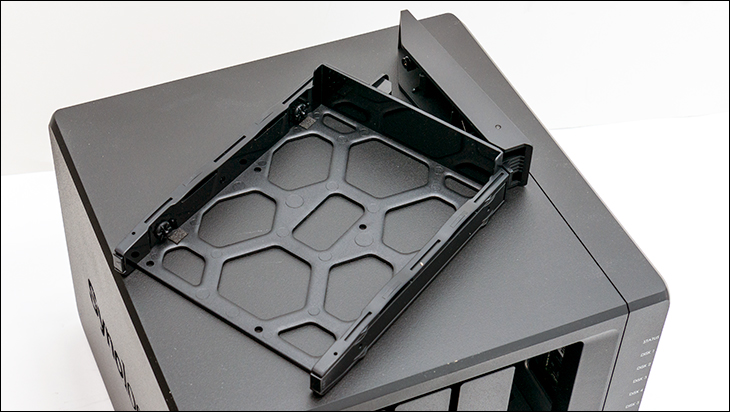
On the positive side, these drive trays / caddies are not completely hidden behind plastic fascia as they are on QNAP’s comparable models. We dislike adding another layer to overcome as this does needlessly (in our opinion) increase the static pressure requirements and generally increases either noise or internal temperatures… or both. So, for our needs and yours needs may differ, individual locking caddies is superior to a big honking wall of plastic. Your mileage may vary.

As this is a modern NAS the DS1520Plus obviously comes with both a good assortment of activity/status LEDs as well location LEDs (aka ‘finder LEDs’) which allow you to know which drive is the bad drive and is in desperate need of being pulled. The only issue is the ‘finder’ LEDs are not integraded into each drive port. Instead they are on the side of the device. When you add in non-numbered / non-labeled drive caddies… it is unlikely, but over the years we have lost track of the number of times a NAS had to be powered down, the ‘wrong’ drive reinstalled and the ‘right’ one removed… lest the RAID 5 array be marked as failed and all the data go up in smoke. Thankfully, even if you do that a power cycle and POST will get the array back… typically. It is just another reason to never trust your data to Raid 5 and its N-1 data resiliency, and a minor annoyance with the DS1520Plus.
Also located on the front is a single USB 3.1 gen 1 port and a nicely shaped, and slightly recessed, power button. Both are easy to access, easy to use, and yet difficult to accidently bump.

Around the back is where the two internal 92mm fans are located (Yen Sun Tech FD129225LL-N). Like most Network Attached Storage, the DS1520Plus uses a back to front airflow setup. In testing these two 25mm thick sleeve bearing fans may not be Yate Loons or San Ace but do a good job of keeping the internals running cool. With that said, the default low noise fan profile curve is a bit on the low ‘n’ slow side. Temperatures are going to be much, much better under typical operating parameters will the medium ‘cool’ setting. This setting ramps the RPM’s up much more aggressively, but allows the DS1520Plus to be silent when it is idle. It is the better option for most. Please do not get the wrong idea, these two fans never really get loud, but at their full speed of 1900rpm they can become noticeable. Most of the time they are barely audible and you will have to stress the NAS long, hard, and consistently to make then ‘loud’. Basically, Synology included two decent fans with decent RPM range so both noise and even worst-case scenarios are covered. They just prioritized low noise with their default setting.

Before moving on, and as an aside, we really do prefer dual fan NAS appliances over their single fan brethren. As the old saying goes ‘two is one, and one is none’ when it comes to hardware failures. While it will ramp up to full speed fast, and moderately loud speeds, and beep constantly the DS1520Plus is capable of cooling the internals (just) enough with a fan failure. To test this, we unplugged one. The NAS kept working and did not bake in its own juices. That is why, if at all possible, you buy a NAS appliance with two fans. This is also why Synology markets this as being business orientated… as that is a business feature. One that even home users should never do without. Now if the only would stop using sleeve bearing fans and go for longer lived ball bearing and we would be fully satisfied.
From left to right on the back of the DS1520+ you will also find a Kensington lock port, another USB 3.1 gen 1 (for a total of two USB ports), a small and recessed factory reset button, the four RJ45 1GbE ports, and two eSATA ports. To be blunt this is an odd assortment of options. On the one hand the inclusion of two eSATA ports more than makes up for the loss of USB and HDMI (and thus KVM abilities) as eSATA is far, far superior for backing up Terabytes of data. On the other, yes they include four 1GbE ports that can be Link Aggregation Grouped to make one ‘super port’ but… for enthusiasts QNAP’s use of dual 2.5GbE ports is superior. Two faster ports can still offer fail over redundancy (and if you have more than two ports fail at the same time… you have bigger concerns to worry about) while also better overall performance. Outside of deep queue depths L.A.G. / ‘NIC teaming’ just does not deliver on the promise of super speeds in the home environment. Synology really needs to rethink their ‘Plus’ networking configuration. It is our opinion that swapping out two of these 1GbE ports for a pair of 2.5GbE would be the most optimal configuration – same great redundancy with even better performance. They have not. It is the largest potential negative to this model.

Moving on, and on the truly positive side, as you can see Synology gives buyers two M.2 ports on the bottom of the device. This is better than the zero QNAP offers on their comparable latest and greatest. With that said, before you rush out and buy one or two M.2 drives there are a few things to consider first. In this device the unique locking mechanism is easy to use, but means the DS1520+ only works with 80mm drives. Higher capacity, but longer, 110mm drives need not apply. Both ports also only support NVMe drives. If you stick a SATA M.2 drive in to either, it will not be recognized (yes we tried it). They however will work with newer PCIE 4.0 x4 M.2 drives. Obviously not at full speed and thus not worth the extra cost, but it is a nice undocumented bonus.
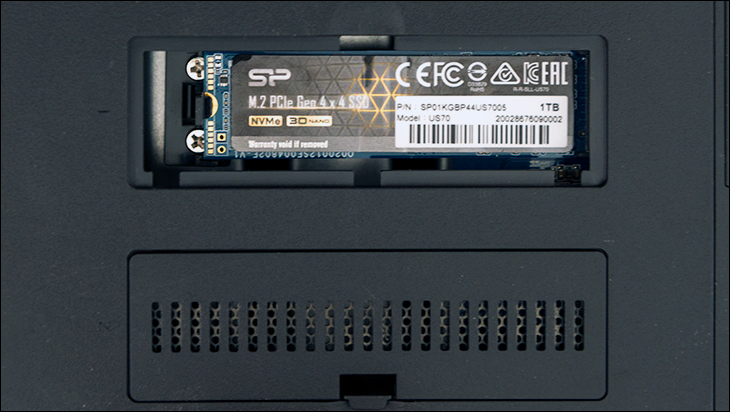
It just is unfortunate that Synology are still resistant to the idea of letting their users use the integrated M.2 ports for more than just caching duties. Especially on a NAS appliance that is focused towards the enthusiast and entry level business markets. They did not. This is not a “5+2” bay NAS device. It is a 5 bay with two additional dedicated M.2 ports for caching duties. This is unfortunate as 5+2 configuration would have allowed owners the luxury of creating a small, but ultra-fast NAS array for say databases, or VMs and the like, and a larger array for long term storage. When you mix in auto-daily backups to the ‘main array’ into the equation the end result would have added a lot to the DS150Plus’ appeal. It still is excellent as they did include two M.2 ports which is always better than the none that QNAP’s closest offerings have… but still room for improvement. This really is a missed opportunity. One that could have been easily avoidable if Synology just listened to what their customers have been asking for generations of “Plus” models now.
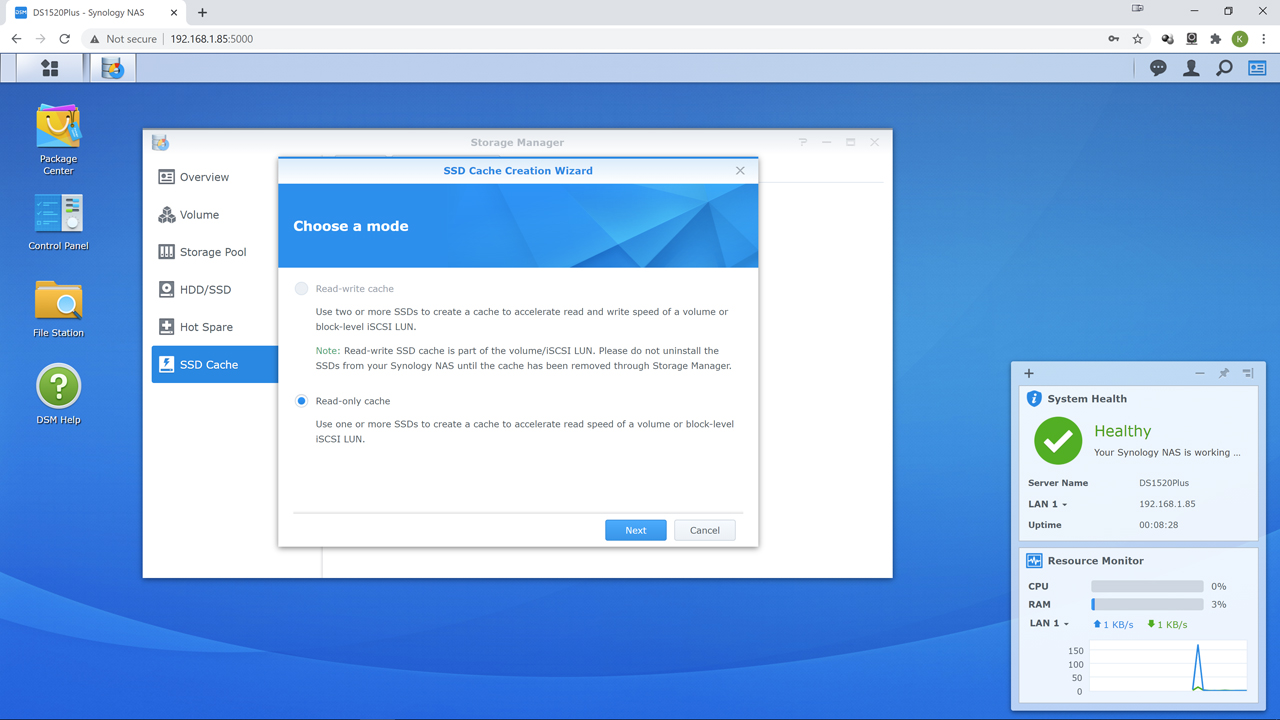
On the positive side this NAS does allow for more than just read caching. As long as you install two NVMe drives you can turn on read and write cache. During the configuration the wizard will guide you through the process but one of the highlights is that both are converted into their own RAID 1 array (please note that if the specific Synology NAS appliances has more than 2 NVMe ports, or 2.5-inch SSD drives installed you get the option of Raid 5 or even Raid 6). It is our humble opinion that even on one 1GbE connections read-write cache may be worth the cost. Especially when dealing with SHR-2 or RAID 6 arrays. While many home users probably will not see a difference, r/w caching can nicely obfuscate the lack of performance these mobile CPUs have to offer when dealing with a lot of random r/w operations and the overhead dual parity brings to the table. It just will diddly squat for the home user who wants to stream movies or music or other sequential, low queue depth, tasks. We are also of the firm opinion that, outside of heavily worked NAS scenarios, read-only caching is not worth the expense for the majority of buyers interested in this level of Networking Attached Storage.

The last cavate is simple. You are going to eat your NAND alive if you don’t untick the ‘skip sequential’ I/O option. If you do leave the default settings, expect to see monthly NAND life percentages ‘disappear’ as a lot more read/writes will directly hit the RAM cache. It will however nicely boost performance and allow more scenarios to noticeably benefit from caching. If you further want to help extend the lifespan of your drive, do not pick the maximum capacity during the creation stage. Make it smaller. With ‘1TB’ drives we would opt for 750GB as the largest we would go. Also, please do not use QLC NAND drives. Optimal choices are enterprise grade drives actually meant for such environments. Those tweaks will reduce the amount it will cache (and how much you can afford), but will extend the life of the drives. IE for the loss of probably not noticeable improvements you M.2 drives may actually last their full warranty period.
As such, our recommendation is if you are thinking about SSD cache and your new NAS appliance think in terms of the cost of two M.2 drives… two enterprise grade M.2 NVMe drives. Then think about it some more. Then start with none and see if the performance is acceptable or not. Just understand that r/w cache is not a magic bullet. It will not improve overall performance in all scenarios. Just in certain scenarios. Scenarios that may not be part of what your NAS will encounter often enough to justify the added expense.
